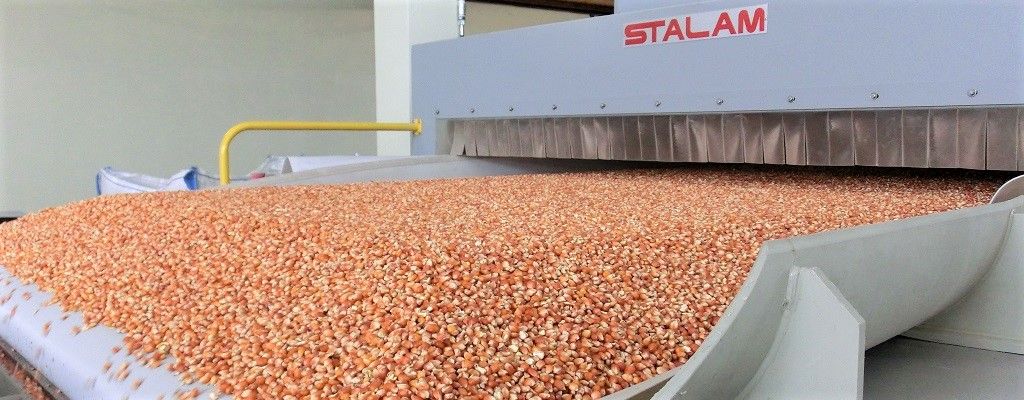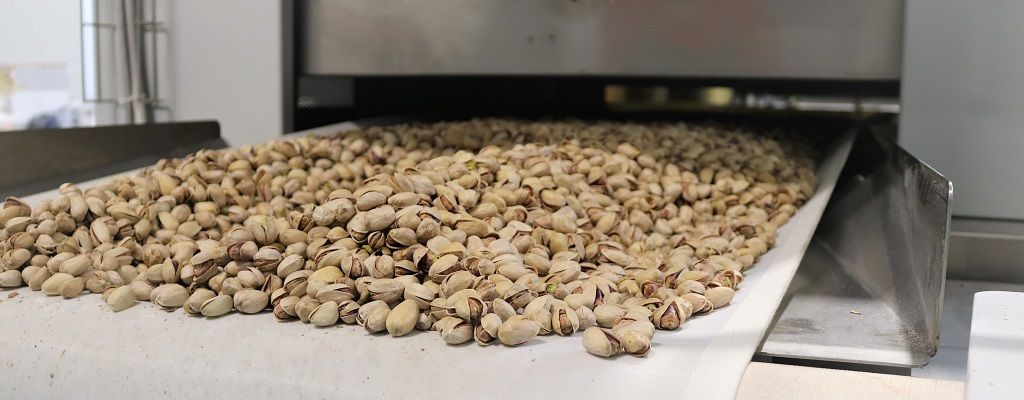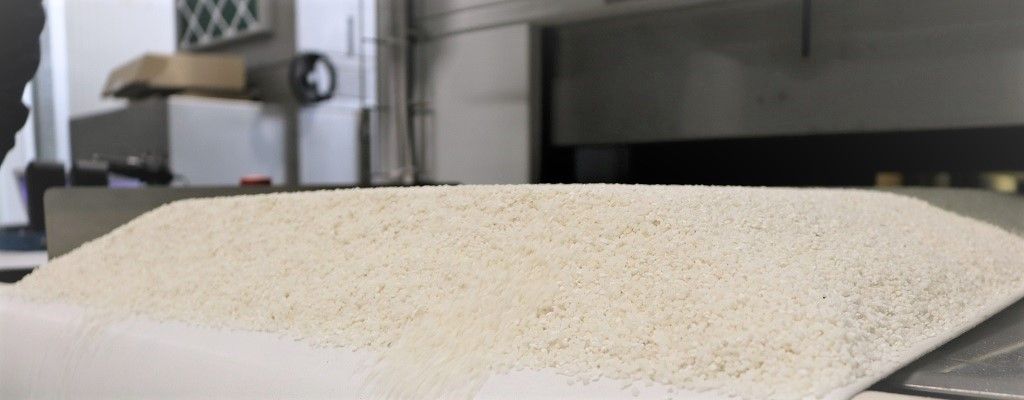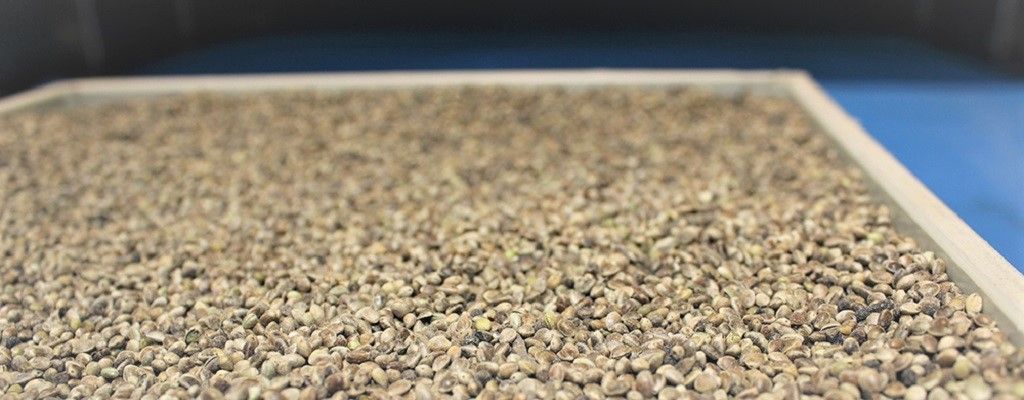



In agriculture moulds are a persistent and significant problem, as they are the cause of dangerous mycotoxins, as aflatoxins; they usually grow in commodities such as tree nuts, peanuts, rice, corn, sorghum, wheat, millet, sesame seeds, sunflower seeds, cotton seeds, chili peppers and in a many varieties of spices.
When molds start contaminating the commodity, powdery spores may develop on the surface of the product. The contamination finds its ideal environment in high ambient temperatures, drought stress and insect injury.
So, the best approach to mitigate the problem of moulds is prevention since, once the commodity is heavily infested by them, there is no feasible solution to remove them.
Before storage, crops should be properly dried and sanitised to prevent the development of moulds.
The Radio Frequency technology has proven to be very effective when used for pre-storage sanitisation of agricultural commodities. It can be used simply as a moisture reduction (drying) method but also to disinfest (pest elimination) and sanitise (microbe load reduction) a large range of substrates (cereals, grains, pulses, nuts, herbs, spices, etc.).
Benefits of Radio Frequency process:
- 3 to 10 times faster compared to conventional treatments
- Completely chemicals-free
- Ensures 100% mortality of even the most heat resistant pest species
- Achieves 2 to 3 log reduction of the t.b.c. within the commodity
- No deterioration of chemical and physical characteristics
- Energy saving technology




